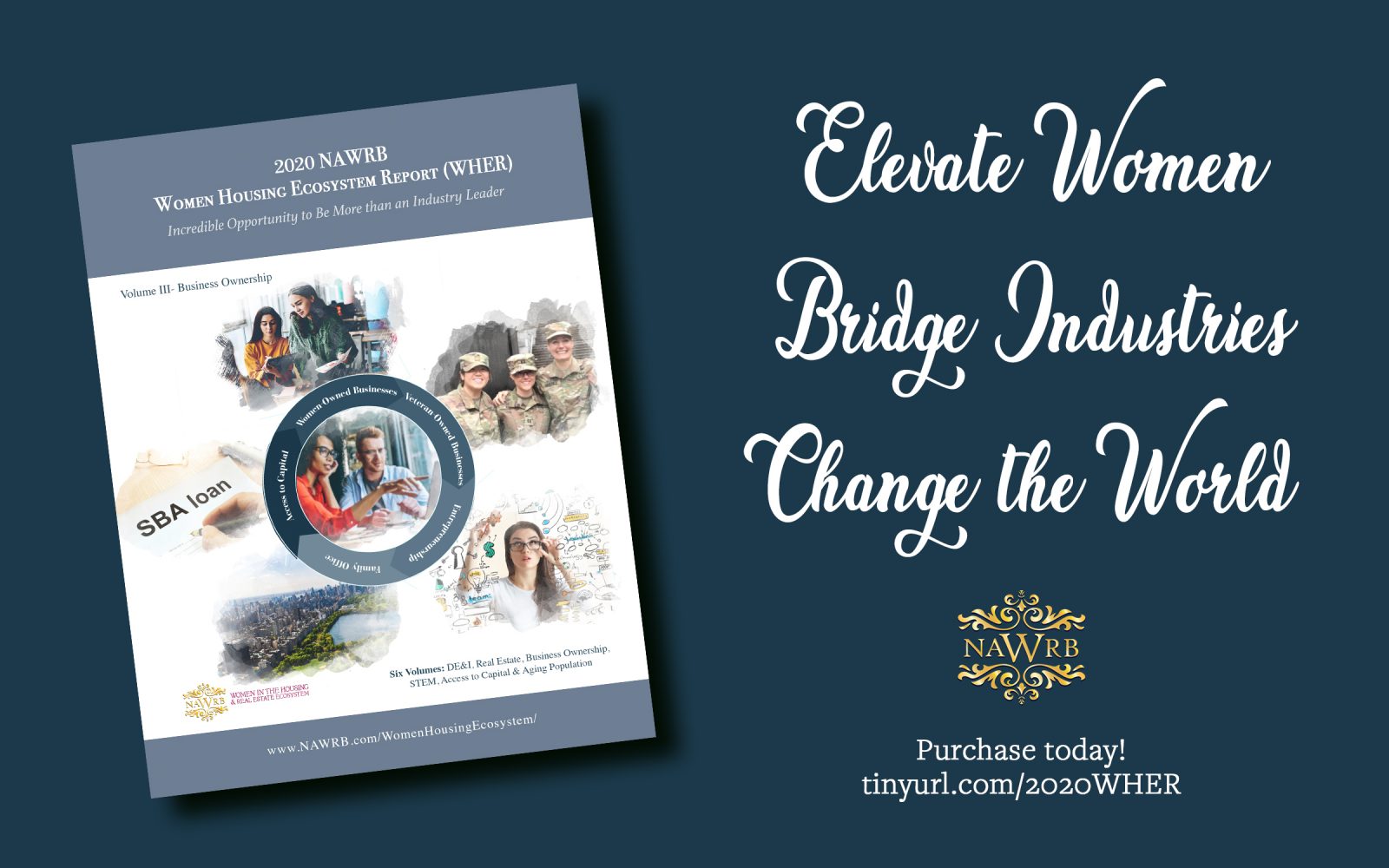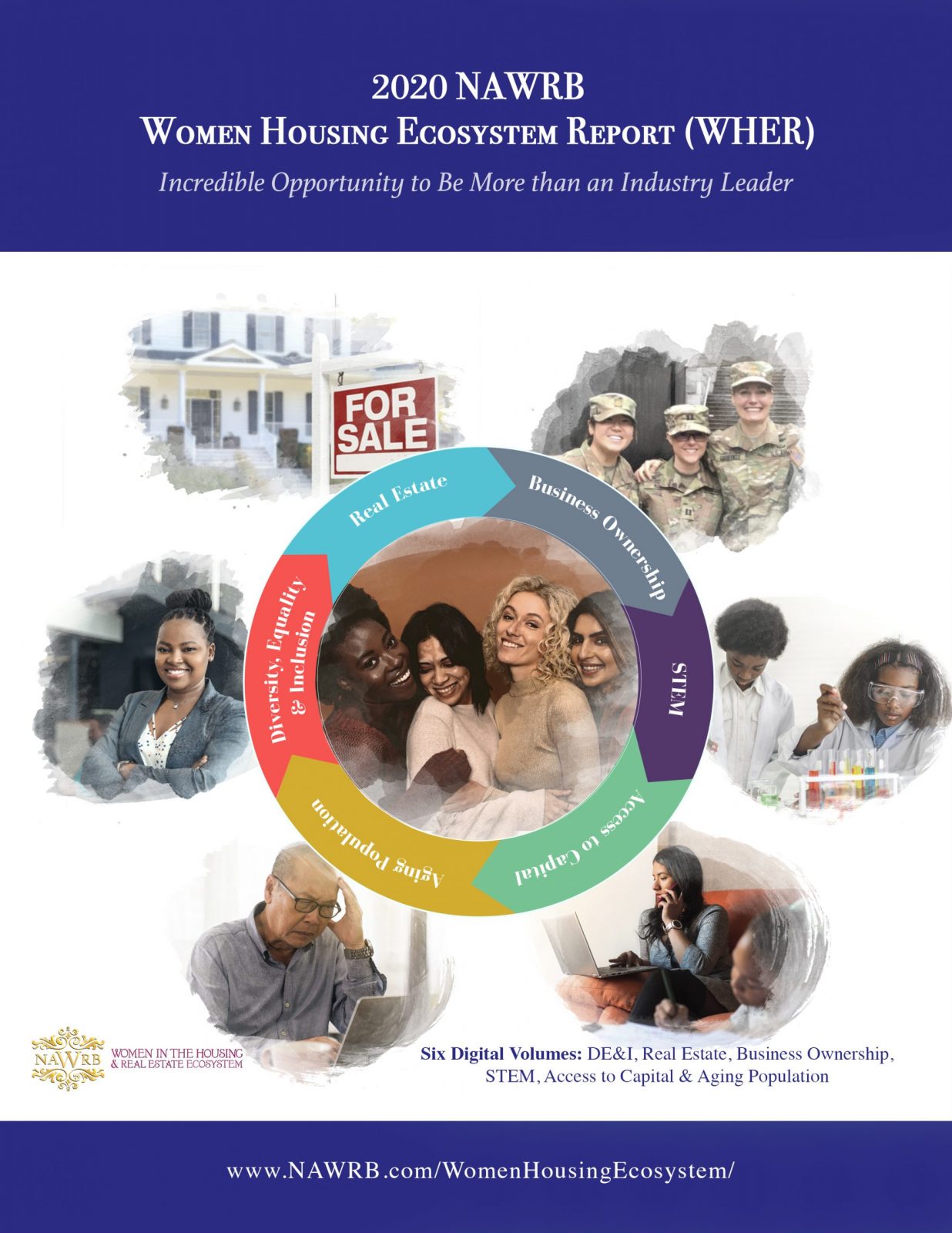As a female founder of a real estate brokerage with a brand solely created by my vision and also being an advocate for female owned businesses, I believe that I have the leadership and mentor mentality that fits the role as a NAWRB Delegate.
The opportunity to leverage my experience starting both businesses and nonprofits allows me to empower women who also have the dream to create organizations of their own.
I’m at the point in my career where I’m looking to expand my roles in leadership and networking, therefore, being in a position such as a Delegate appears to fit that desire perfectly!

 Login
Login






















 When you purchase an item, the “Terms and Conditions” of the contract become invalid if you misuse or abuse the item. People are the same way. They will not support the leader if the “Terms and Conditions” of their employment have been abused. Leaders must consciously consider how their daily interactions impact the psychological “Terms and Conditions” that their people have with them. If they do not consider this, they will be ineffective leaders at some point.
When you purchase an item, the “Terms and Conditions” of the contract become invalid if you misuse or abuse the item. People are the same way. They will not support the leader if the “Terms and Conditions” of their employment have been abused. Leaders must consciously consider how their daily interactions impact the psychological “Terms and Conditions” that their people have with them. If they do not consider this, they will be ineffective leaders at some point. Preparation and care must precede the giving of the message. Too often leaders will serve a bad message and later say, “Well, he or she didn’t listen!” Leaders need to consider that when they delivered their message indigestion was delivered as well. Clarity checks are important and it is necessary to ask a few questions of the audience to ensure understanding. This will validate the message and determine whether it tasted good, or if it gave your people indigestion.
Preparation and care must precede the giving of the message. Too often leaders will serve a bad message and later say, “Well, he or she didn’t listen!” Leaders need to consider that when they delivered their message indigestion was delivered as well. Clarity checks are important and it is necessary to ask a few questions of the audience to ensure understanding. This will validate the message and determine whether it tasted good, or if it gave your people indigestion.

